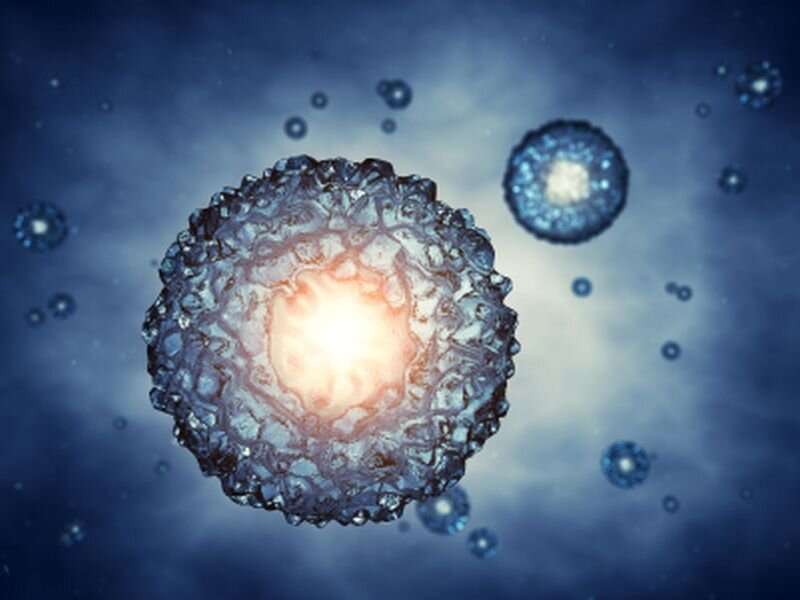This article has been reviewed according to Science X's editorial process and policies. Editors have highlighted the following attributes while ensuring the content's credibility:
fact-checked
peer-reviewed publication
reputable news agency
proofread
Scientists use stem cells to replicate early human embryo

Scientists hope to learn more about the earliest stages of human development using models of embryos created from stem cells.
The models, from University of Cambridge scientists, could ultimately shed light on why and how pregnancies fail, as well as on genetic disorders.
The models are three-dimensional and created from stem cells, not egg and sperm, so they cannot grow into babies. They will make it possible to replicate embryonic development in the second week of pregnancy.
"Our human embryo-like model, created entirely from human stem cells, gives us access to the developing structure at a stage that is normally hidden from us due to the implantation of the tiny embryo into the mother's womb," explained research leader Magdalena Zernicka-Goetz, of the University of Cambridge's Department of Physiology, Development and Neuroscience.
"This exciting development allows us to manipulate genes to understand their developmental roles in a model system," she added in a university news release. "This will let us test the function of specific factors, which is difficult to do in the natural embryo."
At the start of a human pregnancy, the embryo implants into the uterus during the second week, so it's a key time. Many pregnancies are lost at this stage.
Scientists say these new developments will let them look at a period that's like a "black box" of human development.
It may also lead to new knowledge about causes of human birth defects and diseases.
Scientists previously could also observe this period in animal models, such as zebrafish and mice, and in donated human embryos.
Culturing natural human embryos in the lab isn't allowed in the United Kingdom beyond 14 days, a time when an embryo can no longer form a twin.
These models can't and won't develop to the equivalent of natural human embryos, Zernicka-Goetz said.
The models do not have a brain or beating heart. They do include cells that would typically go on to form the embryo, placenta and yolk sac, and develop to form the precursors of germ cells that would form sperm and eggs.
When these three types of cells send mechanical and chemical signals to one another for implantation and to tell the embryo how to develop properly is also a time when many pregnancies fail.
Strict regulations require that embryo modeling work be approved by ethics committees. Journals require proof before accepting scientific papers. This lab has these approvals, according to a University of Cambridge news release.
"It is against the law and [U.S. Food and Drug Administration] FDA regulations to transfer any embryo-like models into a woman for reproductive aims. These are highly manipulated human cells and their attempted reproductive use would be extremely dangerous," said Insoo Hyun, a member of Harvard Medical School's Center for Bioethics.
The study, which was funded by The Wellcome Trust and Open Philanthropy, was published June 27 in the journal Nature.
More information: Bailey A. T. Weatherbee et al, A model of the post-implantation human embryo derived from pluripotent stem cells, Nature (2023). DOI: 10.1038/s41586-023-06368-y
Monique Pedroza et al, Self-patterning of human stem cells into post-implantation lineages, Nature (2023). DOI: 10.1038/s41586-023-06354-4
Copyright © 2023 HealthDay. All rights reserved.





















